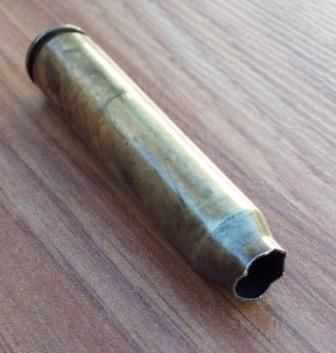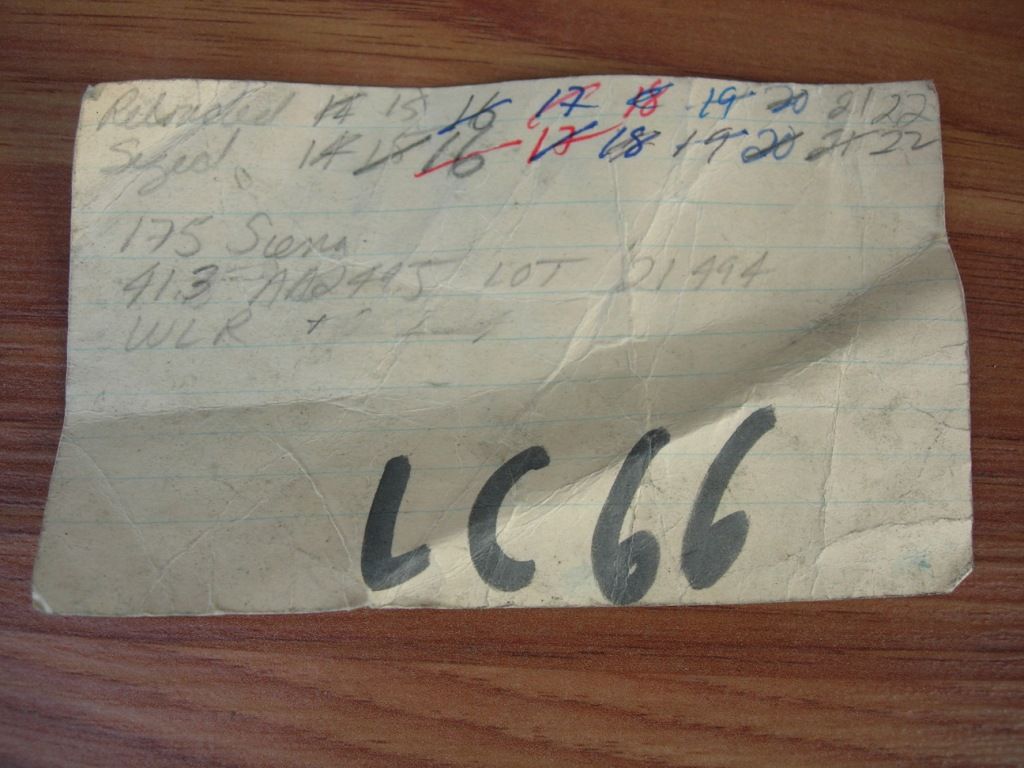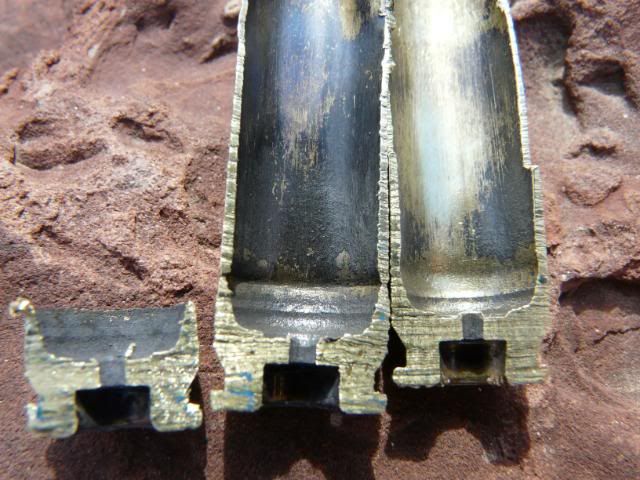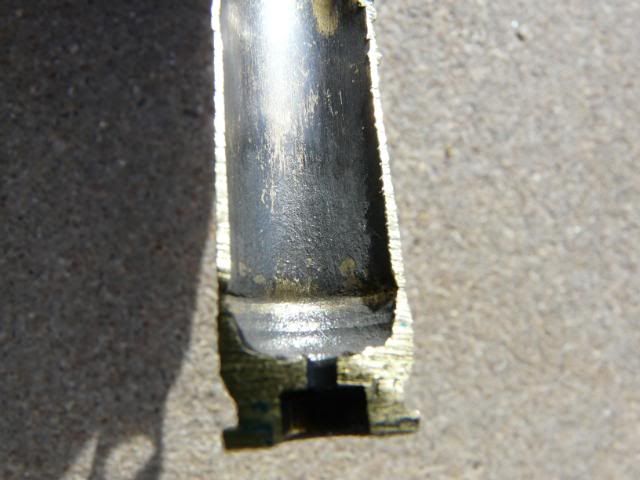Old ammunition will separate. Old gunpowder outgases nitric acid gas, nitric acid gas will attack brass, and that will cause case separations. This year I was practicing with twice fired TW54 in a match Garand. I bought surplus TW54 around 2001, shot some of it, reloaded the cases with surplus AA2520. This was before I knew about the deterioration of gunpowder. Well these cases were probably embrittled after 46 years of storage with old gunpowder inside, and that surplus AA2520 sure did not help things. I had lots of case neck separations in the chamber with ammunition that had been loaded about 10 years.

However, using good brass and new powder, I normally get exceptional case life in my gas guns. Gas guns are more severe on brass because they designed to unlock when there still is residual pressure in the barrel. Sidewall necking occurs sooner with gas guns than bolt rifles, assuming reasonable shoulder set back for both. In either action, with a dry case and a dry chamber the front of the case adheres to the chamber, fixing the cartridge location. Usually there is a gap between the base and bolt face, which is the distance the case shoulder was pushed back, and as it turns out, the back of the case stretches until the base reaches the bolt face. If the case shoulder is shoved too far back for either action, sidewall necking will occur, and just how much sidewall necking occurs depends on the initial excessive headspace between case and chamber. For gas guns, there is additional sidewall stretching during the residual blowback period.
Of course, this is assuming a dry case and a dry chamber. For my 30-06 and 308 gas guns I shoot lubricated cases. Instead of adhering to the chamber, the cases slide to the bolt face, taking up the headspace, the shoulders fold out in front, and the back does not get stretched. I don't get sidewall stretching and I don't get case head separations.
These are 308 LC cases I fired in my Supermatch M1a. The letter R stands for the number of times reloaded, R5 would be reloaded five times. I have cases which developed case neck cracks and body splits, and I sectioned them. The case labeled R22 was fired 23 times as a lubricated case. There is absolutely no evidence of any case head separation due to sidewall stretching.


First time I fire bolt gun cases, I lubricate cases, especially for belted magnums, where the base to shoulder distance is not standardized. 300 H&H magnum cases are around $2.00 and up, so I don't want excessive, life time reducing, sidewall stretch on the first firing. After first firing I set the shoulder back around 0.003" and case life is excellent.
These are examples of what happens when you set the shoulder too far back and fire the case in a bolt gun. These are not my cases. My photo notes indicate this came from a 6.5 Creedmoore bolt gun.


These are cases from a 300 WSM bolt rifle.

I am of the opinion that if you reduce or eliminate case side wall stretching, either by bumping the should back no more than 0.003” (in a bolt gun) or you lubricate your cases, (any action), than case life is determined by brass flaws that cause case neck cracks or body splits. I stopped using my LC 66 cases because the primer pockets were getting large and I did not want a primer to come loose during chambering.






